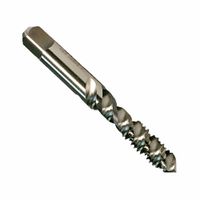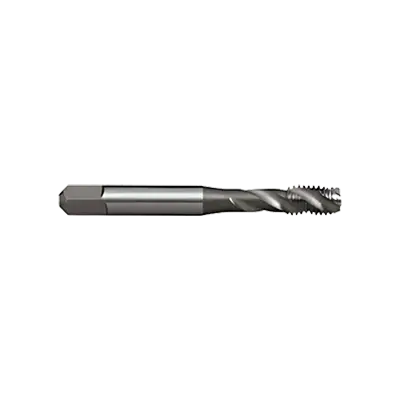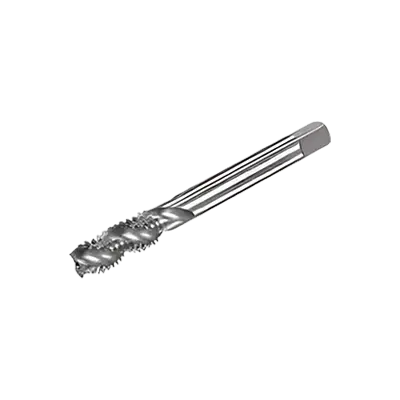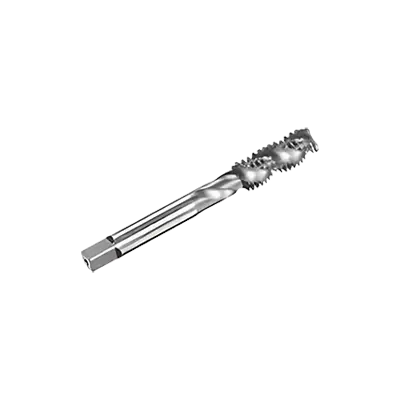High-performance taps offer several advantages over general-purpose taps, particularly in demanding industrial and manufacturing environments:
1. **Increased Efficiency**: High-performance taps are designed to cut faster and more efficiently, reducing cycle times and increasing productivity. This efficiency is crucial in high-volume production settings.
2. **Enhanced Durability**: Made from superior materials such as high-speed steel, cobalt, or carbide, these taps exhibit greater wear resistance and longevity, reducing the frequency of tool changes and downtime.
3. **Superior Thread Quality**: They produce more precise and consistent threads, which is essential for applications requiring high tolerances and reliability, such as in aerospace or automotive industries.
4. **Versatility**: High-performance taps are often designed to handle a variety of materials, including hard-to-machine alloys, stainless steel, and titanium, making them suitable for diverse applications.
5. **Reduced Tool Breakage**: With advanced geometries and coatings, these taps minimize the risk of breakage, which can be costly and time-consuming to address.
6. **Improved Surface Finish**: The precision and design of high-performance taps result in a better surface finish, which can be critical for the performance and aesthetics of the final product.
7. **Cost-Effectiveness**: Although the initial investment is higher, the extended tool life and reduced machining time can lead to significant cost savings over time.
8. **Advanced Coatings**: Coatings such as TiN, TiCN, or TiAlN enhance performance by reducing friction and heat, further extending tool life and improving cutting performance.
9. **Optimized Chip Evacuation**: These taps often feature specialized flute designs that facilitate better chip removal, reducing the risk of tap breakage and improving overall machining efficiency.
Overall, high-performance taps are essential for operations where precision, speed, and reliability are critical, offering long-term benefits that outweigh their higher initial cost.





